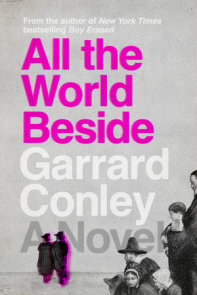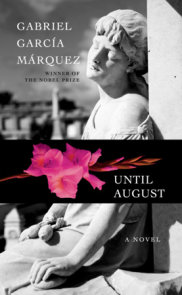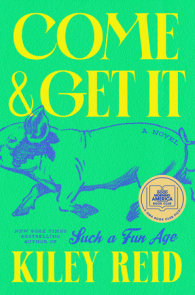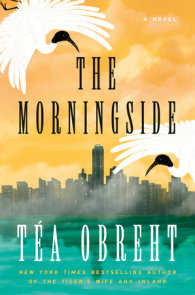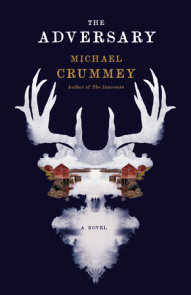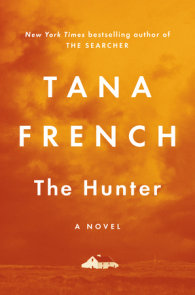READERS GUIDE
In Wandering Stars, Tommy Orange traces the legacies of the Sand Creek Massacre of 1864 and the Carlisle Indian Industrial School through three generations of a family in a story that extends his constellation of narratives into the past and future. By turns shattering and wondrous, Wandering Stars revisits the ancestors of the family readers first fell in love with in There There—warriors, drunks, outlaws, addicts—and asks what it means to be the children and grandchildren of massacre. Wandering Stars is a novel about epigenetic and generational trauma that has the force and vision of a modern epic, an exceptionally powerful new book full of history, poetry, and hope. The questions that follow are designed to enrich your book club’s discussion of Wandering Stars. We hope they enhance your experience of this brilliantly perceptive novel from one of America’s most important contemporary writers.Questions and Topics for Discussion
1. In the prologue, Tommy Orange discusses a history of colonial violence and assimilation. In what ways does this lay the foundation for the rest of the novel?
2. While Jude Star is at Fort Marion, he talks about white visitors coming to see them “perform being Indian.” How do we see the commodification and fetishization of Native people represented throughout the book?
3. There are many instances where names and the significance of those names are discussed in the narrative. What is the importance of names as they tie into identity, culture, and assimilation? What does it mean for a character to change their name?
4. In chapter 2, Jude describes being on a train and riding past piles of buffalo bones, and in the narrative he states, “Every buffalo dead was an Indian gone.” What is the significance of that statement? In what other ways have settlers tried to colonize Native people?
5. The story begins with Jude and then unfolds across seven generations into the present, ending with baby Opal. Why is it important that the story is told through multiple generations in one family? How does this novel connect to the Seventh Generation Principle?
6. How do identity and community affect healing? How do we see this represented in the novel?
7. In what ways does colonization affect a parent’s or grandparent’s relationship with their children and grandchildren? Name examples from the book.
8. What is the significance of Opal giving Charles a traditional burial? How does the story shift with the end of this chapter?
9. Chapter 12 follows Victoria Bear Shield and is told in the second person. Why? What feeling does this switch invoke?
10. What effects does interracial adoption have on Native people and communities as represented in the book?
11. How do Orvil, Loother, and Lony each respond to trauma? In what way is this affected by their disconnection from their Indigenous community?
12. Why did Opal keep cultural knowledge and family stories from the boys? At the end of chapter 25, Opal asks herself that question. What is the reasoning behind her shift in opinion?
13. What similarities do you see within each characters’ stories and experiences? How do they reflect the effects of intergenerational trauma?
14. Throughout the novel, dreaming is something that tie the characters together. How do the characters’ dreams reflect their emotional states?
15. Stars and birds are woven throughout the entire novel. What do they symbolize?
16. How does Wandering Stars reinforce and add to the themes presented in There There?
17. At the end of chapter 2, Jude describes how he chose his name and how struck he was by a Bible verse concerning wandering stars. Why do you think it impacted him? Why was it used for the title of the book?
Suggested Reading
- There There by Tommy Orange
- Homegoing by Yaa Gyasi
- In the Night of Memory by Linda LeGarde Grover
- SH:LAM by Joseph A. Dandurand
- Five Little Indians by Michelle Good
- The Break by Katherena Vermette
- The Underground Railroad by Colson Whitehead
- They Called Me Number One by Bev Sellars
- A Council of Dolls by Mona Susan Power
- The Night Watchman by Louise Erdrich
- All I See Is Violence by Angie Elita Newell
- Bitterroot by Susan Devan Harness
- Indian Horse by Richard Wagamese
- Lakota Woman by Mary Brave Bird











